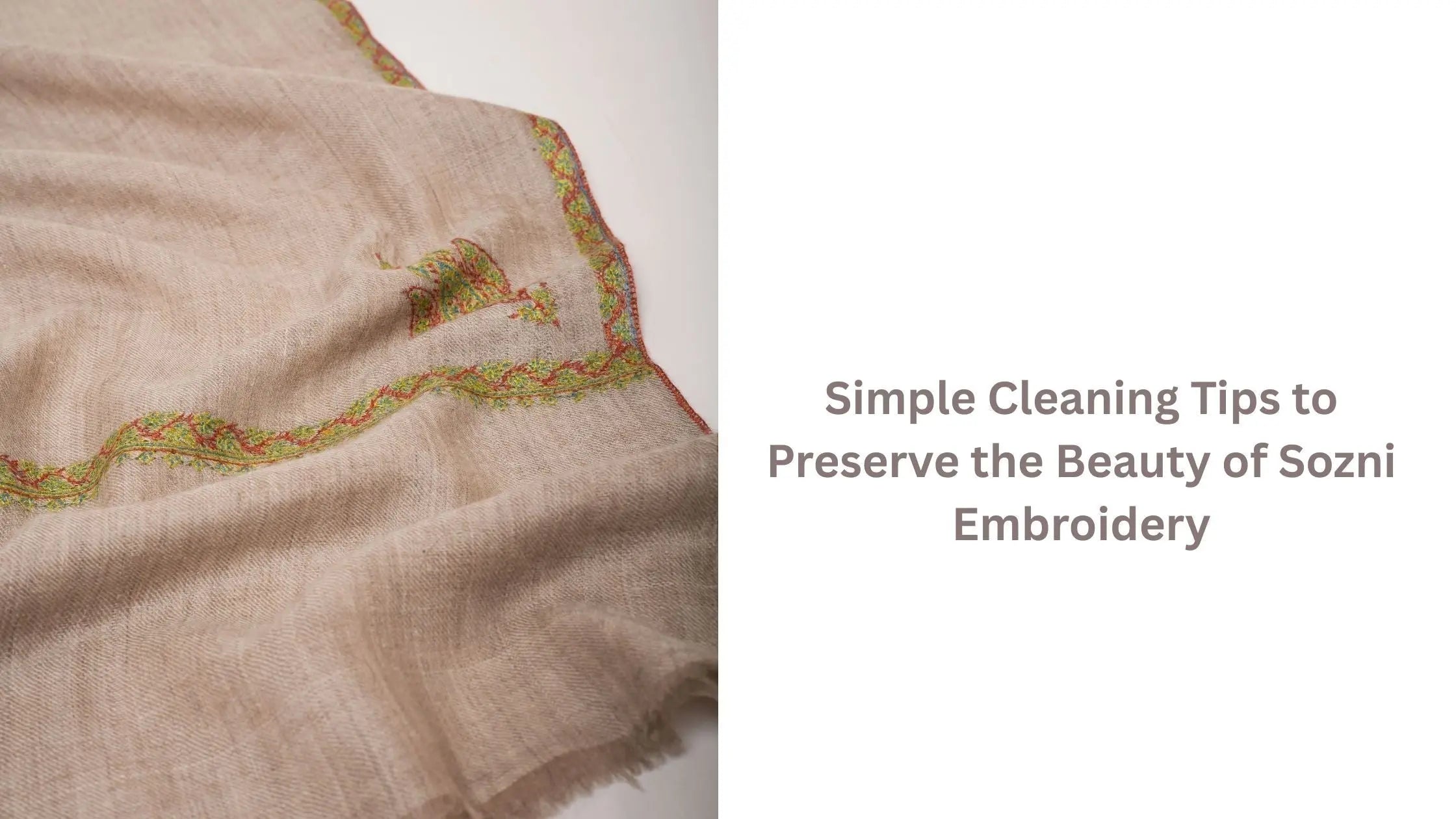
Simple Cleaning Tips to Preserve the Beauty of Sozni Embroidery
When you own something as special as an embroidered pashmina shawl, it’s important to know how to care for it properly. Many of these shawls are handmade and feature the delicate, detailed work found in traditional Kashmiri sozni embroidery techniques, making them more than just clothing—they’re heirloom-quality pieces. Whether passed down or newly bought, handcrafted shawls with Kashmiri sozni embroidery hold cultural value and fine craftsmanship.
While embroidered Kashmiri shawls are known for their rich detailing, they also require extra care to stay beautiful for years. Regular wear, dust, and even sunlight can affect the look and life of your embroidered shawl. But with a few simple cleaning tips and proper storage, you can keep it looking as lovely as the day you bought it.
Why Sozni Embroidery Needs Special Care
Sozni embroidery is a fine, needle-based technique that comes from Kashmir. It’s usually done on soft fabrics like pashmina or wool and often includes intricate floral or paisley designs. Because of the thin threads and close detailing, it can wear out faster if handled roughly or cleaned the wrong way.
Each embroidered pashmina or wool shawl made using sozni embroidery is different and takes weeks or months to complete. That’s why it's worth learning how to treat them right.
-
Sozni embroidery is done with fine silk or cotton threads, which can get pulled or fade if scrubbed too hard.
-
These shawls are usually handwoven and not machine-stitched, making them more delicate overall.
-
Washing in regular detergent or tossing into a machine can damage both fabric and thread.
-
Stains, spills, or even sweat marks need to be cleaned quickly but gently.
Hand Washing Tips for Delicate Embroidered Shawls
Hand washing is usually the safest way to clean Kashmiri embroidered shawls. But even hand washing needs to be done the right way to protect the colors and threadwork.
-
Use cold or lukewarm water to avoid shrinking or color bleeding.
-
Always choose a mild, chemical-free detergent—preferably one made for wool or delicate fabrics.
-
Soak your shawl for just a few minutes instead of scrubbing or rubbing it.
-
Gently squeeze out the water without wringing the fabric or twisting it.
Drying Your Shawl the Right Way
Many people damage their shawls during drying without even realizing it. Sunlight, heat, and hanging can all lead to issues like faded colors or pulled embroidery.
-
Never wring or twist the fabric after washing—it can stretch or misshape the embroidery.
-
Lay the shawl flat on a dry towel and roll it up to remove extra water.
-
Let it air dry in a shaded, well-ventilated place away from direct sunlight.
-
Don’t hang it on a wire hanger, as this can stretch the edges or leave marks.
How to Store Your Embroidered Pashmina Shawl Safely
Storage is just as important as cleaning when it comes to long-term care. Whether you're storing your embroidered pashmina shawl for a season or several months, make sure it’s folded and kept in the right conditions.
-
Fold the shawl loosely to avoid permanent creases or damage to the embroidery threads.
-
Use a cotton or muslin bag to store it—avoid plastic covers that can trap moisture.
-
Place cedar balls or lavender sachets in storage to keep moths away naturally.
-
Store in a cool, dry place—no damp basements or overheated attics.
Dealing with Stains and Spills
Sometimes accidents happen, and your beautiful shawl might get stained. When this occurs, avoid using strong stain removers or scrubbing at the spot.
-
Blot the stain gently with a clean cloth—never rub.
-
For oil-based stains, sprinkle a small amount of cornstarch or baby powder to absorb the oil.
-
Use a soft cloth dipped in a mix of water and white vinegar for spot cleaning.
-
When in doubt, take it to a professional dry cleaner that specializes in delicate fabrics.
When to Use Professional Dry Cleaning Services
While most embroidered shawls can be hand washed, some situations call for expert help. This is especially true for older pieces or those with very dense embroidery.
-
If the embroidery is heavy or the fabric is very light, let a dry cleaner handle it.
-
Look for a cleaner who has experience with handmade or antique textiles.
-
Avoid regular dry cleaning methods that use harsh chemicals or high heat.
-
Ask about hand-spot cleaning services for minor touch-ups without full washes.
Avoiding Common Mistakes While Caring for Embroidered Shawls
Even with the best intentions, it’s easy to make mistakes. Here are a few things to avoid when caring for your embroidered pashmina or wool shawl.
-
Never use bleach, strong detergents, or fabric softeners.
-
Don’t iron directly on the embroidery—place a cotton cloth over it first.
-
Avoid spraying perfume or deodorant directly onto the shawl.
-
Don’t pack your shawl tightly with other clothes—it needs breathing room.
How Often Should You Clean Your Shawl?
Overwashing can wear down the fabric and threadwork, so don’t clean it more often than needed. Light use won’t require frequent washing.
-
Clean only when visibly dirty or if it’s been exposed to dust, smoke, or sweat.
-
Shake it out gently after each use to remove loose dirt or debris.
-
Air it out once in a while to keep it fresh between wears.
-
Wash or dry clean it before storing it long-term.
Conclusion
An embroidered pashmina with sozni embroidery is not just a winter accessory—it’s a piece of history and handcraft that deserves gentle care. With the right cleaning and storage practices, your embroidered Kashmiri shawls can stay beautiful and wearable for generations.
If you're someone who loves cultural craftsmanship and values timeless textiles, you’ll find that taking care of these items is part of the experience. For those looking for fine, handcrafted pieces that combine comfort and tradition, Shahkaar offers a thoughtful collection that reflects the beauty of Kashmir in every thread.

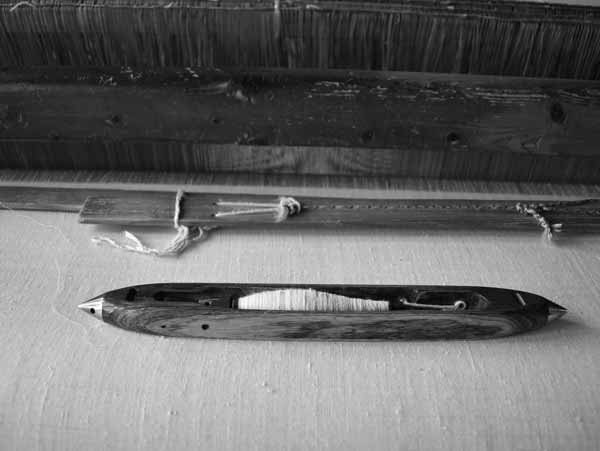
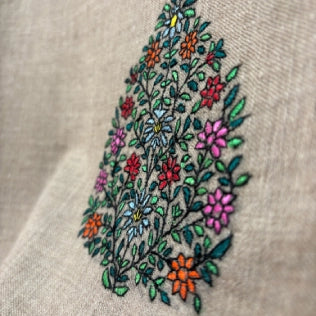
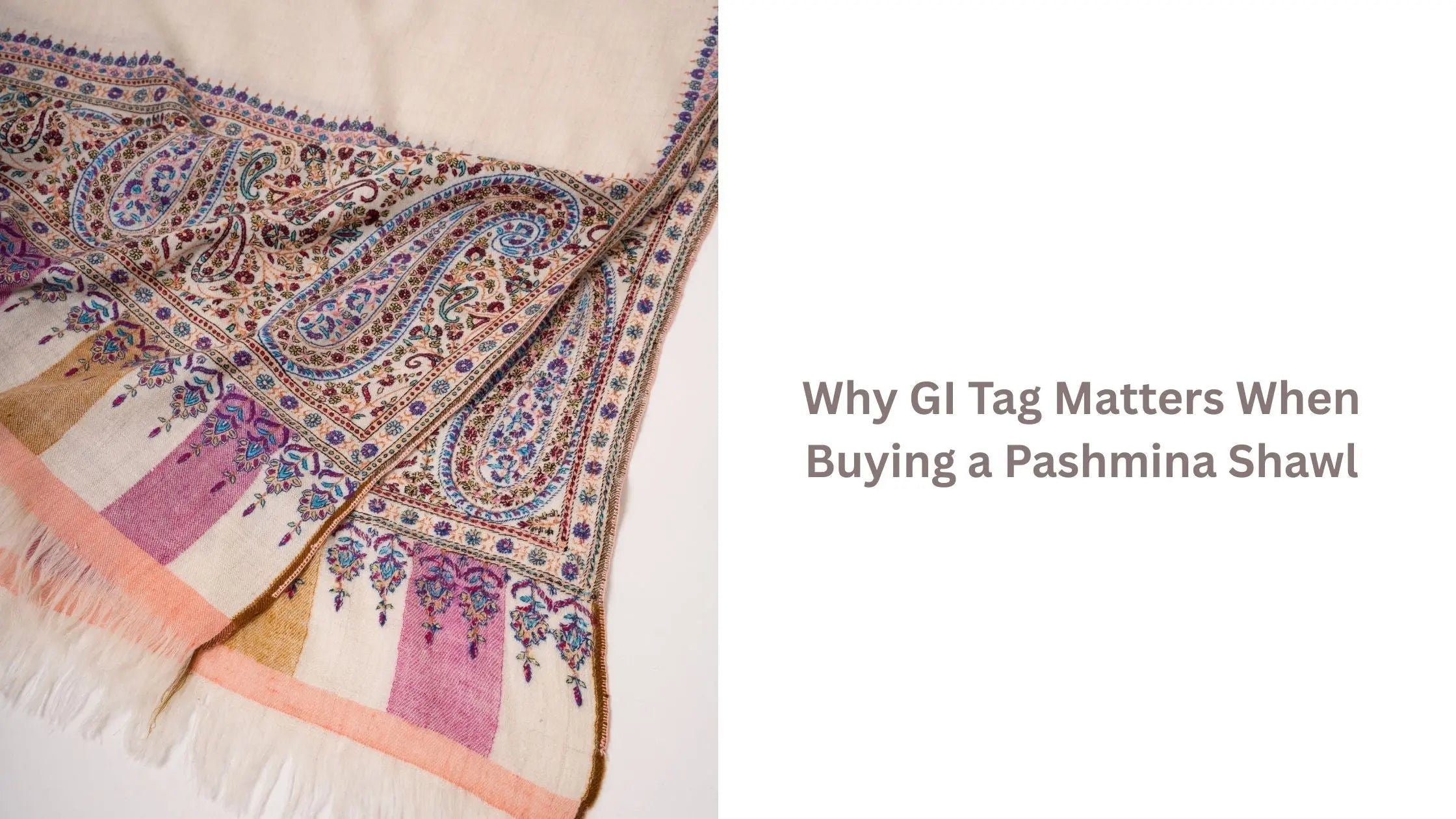
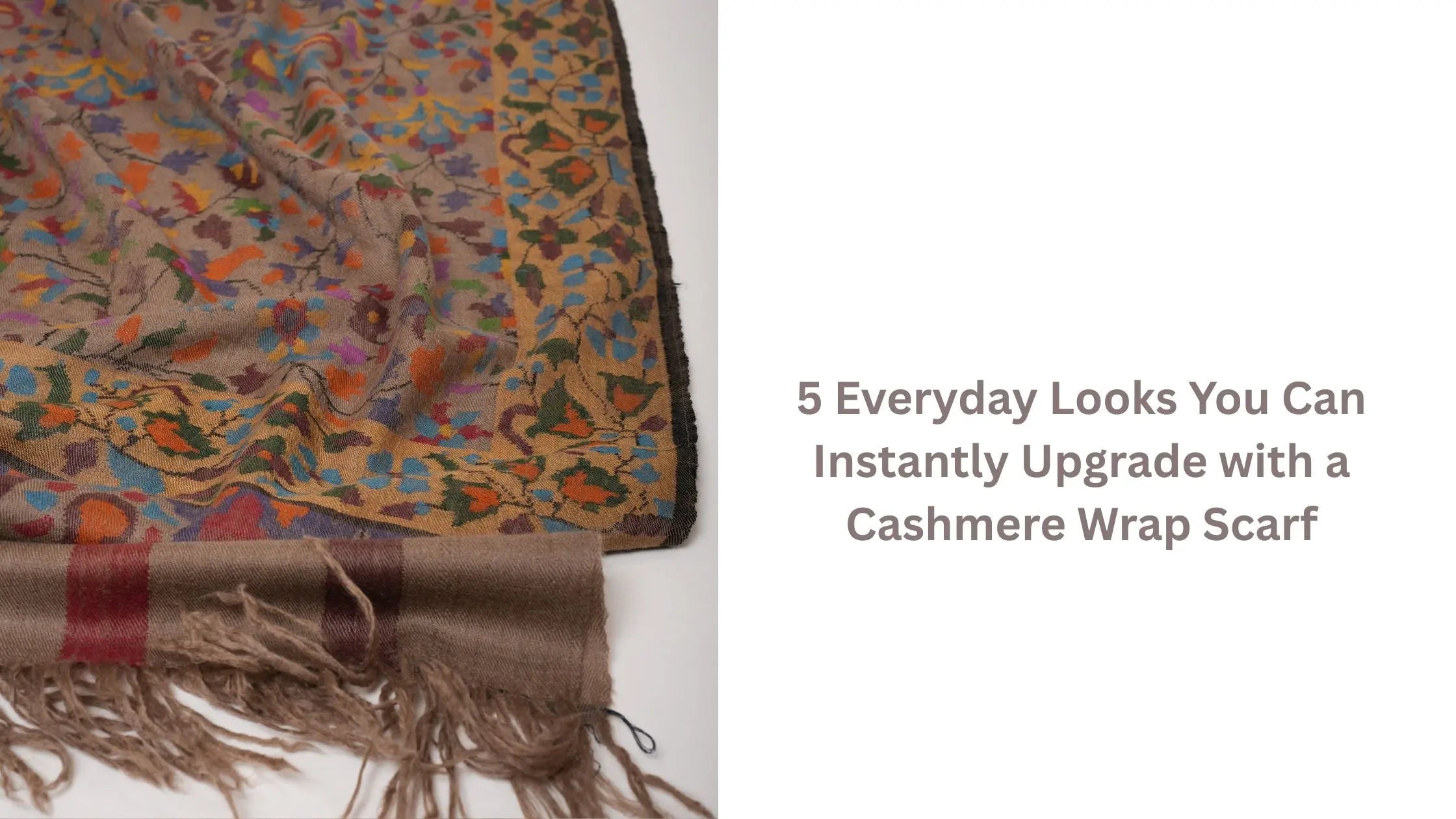
Leave a comment
This site is protected by hCaptcha and the hCaptcha Privacy Policy and Terms of Service apply.